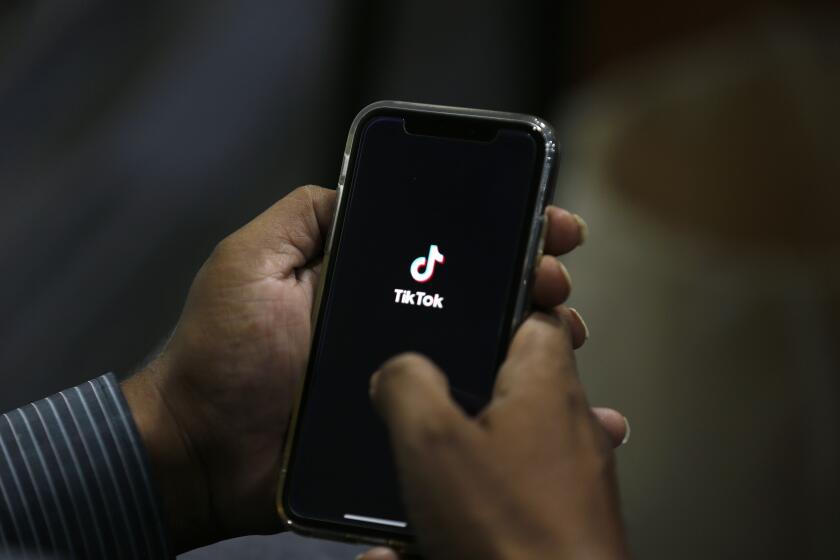Step One: Make a Plan, Now
- Share via
Orange County residents say that saving for retirement and their children’s education are their biggest financial goals. But many aren’t saving enough.
What many people lack, experts say, is a coherent plan that takes into consideration their current circumstances and long-term objectives. The following hypothetical scenarios show what two fictional families might expect to find when developing such a plan.
These examples are based on information provided to The Times by Larry Beltramo, a financial planner at Regency Securities Inc. in Irvine.
Retirement:
Mr. and Mrs. Silver are 50 years old, and they want an annual income of $60,000 (inflation adjusted) when they retire at age 65. They decide they’ll need to plan on the assumption they’ll live for 30 years after retirement.
The Silvers already have $300,000 in retirement savings in their IRAs and 401(k) plans. They have $380,000 in other assets, such as CDs, mutual funds and property.
They would need to put away $12,300 a year on top of their existing savings to reach their goal.
The Golds, also 50, have a tougher row to hoe. They have only $200,000 in their IRAs and 401(k)s, and $250,000 in additional assets.
They would have to sock away $29,700 annually to have the inflation-adjusted equivalent of $60,000 in yearly income after they retire.
College:
The Reds want to start saving for little Johnny, age 5, to attend the private college of his choice when he’s 18.
The average cost of a private college in the United States today is about $20,000 a year. But by the time Johnny attends, assuming an annual inflation rate of 6%, the total cost of four years at a private school will be about $190,000.
The Reds could invest a lump sum of about $62,000 today. If it earned 9% annually, all they’d have to worry about would be Johnny’s grades.
Or, they could invest $665 a month for 13 years. Again, assuming a 9% annual growth rate, they’d achieve their goal.
The Greens have decided that a public university is good enough for their 5-year-old Jenny.
The average cost of a public school today is slightly less than $10,000 a year. After inflation, the total cost of four years of college when Jenny starts in 2010 would be about $90,000.
Figuring on earning 9% annually, the Greens could invest a lump sum of about $29,400 today, or they could put away $315 a month to hit their savings target.
Or there’s always community college. . . .
More to Read
Inside the business of entertainment
The Wide Shot brings you news, analysis and insights on everything from streaming wars to production — and what it all means for the future.
You may occasionally receive promotional content from the Los Angeles Times.








